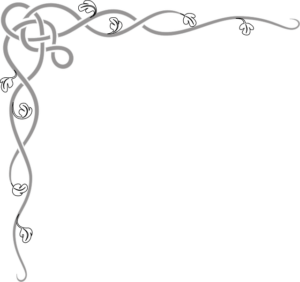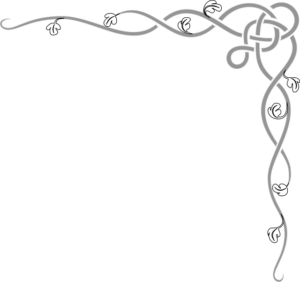Meet the Hopkinsons
The parish of Ashover is the main area associated with our Hopkinson side of the family. A place where there were pockets of ironstone, limestone and millstone as well as coal and lead, so ideal for the profession of stonemason, or which some Hopkinsons were. Stocking weaving and lace making were once cottage industries in Ashover but no longer.
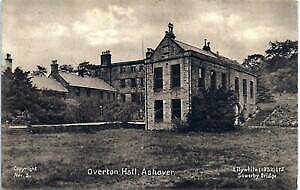
Overton Hall was the seat of Sir Joseph Banks, the president of the Royal Society. Deth wick was the seat of the Babingtons; one of whom was executed for treason against Queen Elizabeth. Lea Hurst, a fine Gothic mansion, is the seat of the Nightingales. Robin Hood’s Mark, a rocking-stone about 26 feet in circuit, is on a slope of Ashover Common; and the Turning-stone, a remarkably shaped block 9 feet high, supposed to have been an object of Druidical veneration, is about 200 yards further off.
A beautiful part of the land to grow up in, although if not of sufficient income this may not have been something remarked upon by the local population. Matthew Hopkinson (b 1754) is our oldest family member and not much is known of him. We currently know of only one child, Thomas, from his marriage to Mary Berrisford.
Thomas had seven children, one of which became the first stonemason in the family and one became a farmer. The latter was Joseph Smedley Hopkinson born in 1812 and married to Hannah Kirk of Ashover. They had 10 offspring and whilst Edward was our direct ancestor, his brother Reed, became associated with Goss Hall, being born there in 1854.

Goss Hall was one of three old halls dating from a time when Ashover was divided into three manorial estates. Many members of the Babington family were prominent in Elizabethan England and personally known to the Queen herself. Anthony Babington born 1561, was in service to the Earl of Shrewsbury, gaoler to Mary the captive Queen of Scots, who was imprisoned in a number of great Derbyshire houses on the orders of Queen Elizabeth. Young Babington became devoted to the Catholic queen and as soon as he was old enough he set in motion a dangerous conspiracy to set her free.
Babington was captured and thrown into the Tower, and on the 20th September 1586 he was hanged, drawn and quartered. GossHall was then given to Sir Walter Raleigh.
In 1623 Goss Hall was bought by Immanuel Bourne rector of Ashover, and afterwards passed to his son Obadiah, but around the middle of the seventeenth century was sold into the Bower family.
During the nineteenth century Goss Hall was divided and tenanted by two related farming families, the Smedleys and the Hopkinsons. Below are the census returns for Goss Hall (Thomas Hopkinson having married Mary Smedley in 1812)
1841
Joseph Smedley 75yrs Farmer
Joseph Hopkinson 25yrs Ag.Lab.
Hannah Hopkinson 20yrs
Dorothy Hopkinson 3yrs
Edward Hopkinson 1yr
George Smedley 54yrs Farmer
Sarah Smedley 52yrs
John Smedley 24yrs Ag.Lab.
Ann Smedley 25yrs
Edward Hopkinson (above) married Ann Sellors in 1862 and their son, Joseph Sellors Hopkinson married Mary Elizabeth Allsop, hence the connection to the Allsop family in our tree. One generation later and SArah Helena Hopkinson marries into the Bagshaw family to complete the links.

Families in More Detail
To take a look at some of our individual families in more detail just click on the photos below and we will take you to a more detailed story of that family as we know it including the locations associated with the family.
Meet the Heads of the Family

The O'Haras
From Ballina, County Sligo (Mayo) as far as Pennsylvania in the USA and south across the Sottish border to South Yorkshire.

The Rynns
Originally from Ireland, Richard Rinn had emigrated to Scotland after 1828. The spelling of their name mutated in their new land.
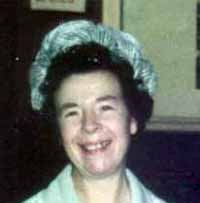
The Pridmores
With a large concentration in Bourne in Lincolnshire, their saddlery skills were easily transferred to Sheffield in the mid-19th century

The Temprells
The Temprells were a Nottinghamshire family that settled onthe South Yorkshire border. A mining family.
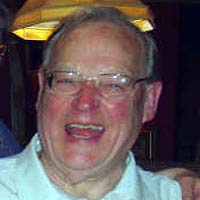
The Bagshaws
Strething back many generations to the Derbyshire / Nottinghamshire border, the Bagshaws appear to have had little wanderlust.
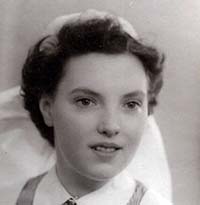
The Parrys
Inhabiting Denbighshire and the North Welsh coast, they spread their wings into Merseyside but not too much further.
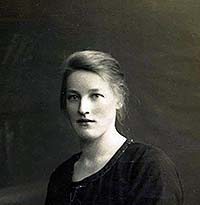
The Hopkinsons
Our Hopkinsons show a presence in Derbyshire going back to the mid-18th century with continuity there for at least 3 centuries.
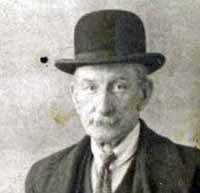
The Allsops
Another family with a Derbyshire pedigree back to the early 1700's. Ashbourne, Hognaston and Brassington being favoured.

Copyright
Copyright Chris and Jill O’Hara 2022
